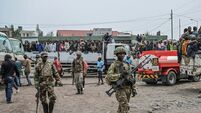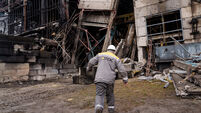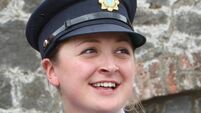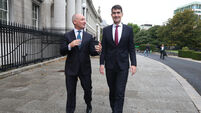Shuttles won't fly until next year
Space shuttles will not fly again until next year, and when the first one does lift off, an Atlantis craft will be on standby for a potential rescue mission.
NASA’s senior spaceflight officials have decided to push back the next launch to March 2005 because of lingering work and engineering concerns.
They have chosen the Discovery shuttle to be first up.
The space agency had been aiming for an autumn 2004 launch, but NASA Administrator Sean O’Keefe said: “We’re not going to be driven by the calendar. This is going to be a milestone-driven event.”
The space agency is struggling to come up with shuttle wing repair kits and inspection booms for astronauts in orbit.
Engineers are also still trying to work out how to keep the fuel-tank foam insulation from breaking off, as a section did during Columbia’s doomed flight, and dealing with possible corrosion in the rudder speed brakes.
Because of the Columbia disaster a year ago, NASA decided last month that all shuttles from now on will be devoted to completing the international space station.
That way, the astronauts can inspect and repair their ships at the orbiting outpost and await rescue there if any damage is too grave.
The rescue shuttle will not necessarily be on the launch pad but will be ready to fly to the space station within 45 to 90 days, said shuttle program manager Bill Parsons.
It will be the first time the space agency has had a rescue ship waiting in the wings since the days of NASA’s first space station, Skylab, in the 1970s.
The shuttle fleet has been grounded and space station construction on hold since Columbia exploded over Texas on February 1, 2003.
Discovery will incorporate several changes for the return to flight, including improvements to the external fuel tank and the leading edges of the wings.
The changes were prompted by the Columbia accident, in which a piece of foam broke off from the external tank during launch and damaged the wing, dooming the spacecraft during re-entry.














